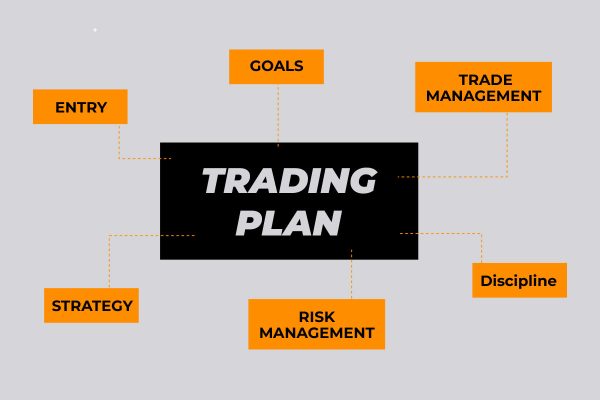Trading financial instruments require using different analysis methods to anticipate price movements. “Price Action” is a well-known and popular technical analysis many individuals use to trade financial assets.
This blog post will explore this critical price analysis method and discover basic price action patterns. Let’s begin our journey!
Definition
Price action is a widespread analysis method used for speculating on the financial markets, which is based on the study of an asset’s price movements over time. Retail and institutional traders, including hedge fund managers, use this strategy to anticipate the price movement of securities or the whole financial market.
Price action, which serves as the basis for the technical analysis method, is the movement of an asset’s price plotted on a chart over time. Traders may spot trends, support/resistance levels, and chart patterns to trade more efficiently by studying the price patterns and formations that occur on the price chart.

Simply put, as the name suggests, price action is the action of the price and the way prices move over time. The primary focus of price action trading is the market’s price history rather than the underlying variables that drive market movement.
This method is typically viewed as the data source upon which all trading tools are developed rather than an analysis tool like an indicator. Price action is considered a type of technical analysis since it focuses on how a market’s current price compares to its previous or recent.
Supply and Demand in Price Action
The price action analysis heavily relies on the forces of “Supply” and “Demand.” According to price action traders, the market is a projection of all information currently available, and price movements result from the interaction between supply and demand.
They also believe that price movements tend to repeat themselves consistently over time. Price action traders use the price movement history of a market. They often concentrate on recent price history from the previous three to six months, with less focus on older periods.
Many believe that the price itself presents a vast amount of data, including the human thought behind a market’s movement, participants’ psychology, traders’ bias, etc.
Participants’ actions affect the price action of each financial instrument as they trade them and play an essential role in providing supply and demand.
Price Action Patterns(Setups)
Price action patterns, commonly known as price action “setups,” are essentially the most critical part of price action trading since they give the trader an insight into the upcoming price movements.
These patterns can be utilized to anticipate future price direction and provide helpful indications of market sentiment. Some of the most common price action patterns include
- Support and Resistance levels
- Trend lines
- Chart patterns(Head and Shoulders, Double Top, Double Bottom, Wedge, etc.)
- Candlestick patterns(Doji, Hammer, Engulfing, Morning Star, etc.)
- Price action setups
Why Price Action
Price action trading can apply to various financial markets, including stocks, Forex, commodities, and cryptocurrencies. Also, it is a flexible strategy that can be adjusted to different trading styles, such as day trading, swing trading, and position trading.

Price action trading has some limitations, though. This method can have some difficulties because it can be challenging to identify the patterns and correctly analyze price movements.
However, using it effectively takes a lot of experience and knowledge. Hence inexperienced traders may find it difficult to profit by using the price action strategy consistently.
Although there are challenges, price action trading is still a well-known and effective trading method for many traders. This strategy allows traders to study the market more deeply and make better trading decisions based on the facts available.
The Bottom Line
Price action trading analysis is a valuable tool for traders seeking to study price movement in the financial markets. It focuses on learning an asset’s price patterns and movement without applying any technical indicators.
Even though it has its limitations, many traders continue to use it as a popular and successful trading method.



